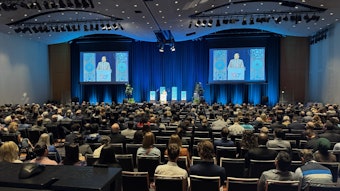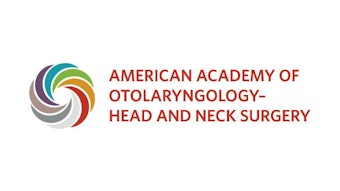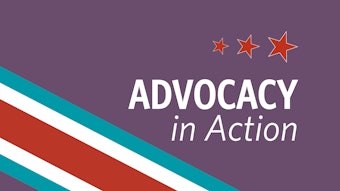Pearls from Your Peers: Botulinum Toxin for Facial Synkinesis
Christina Yver, MD, MBA, spoke with Suresh Mohan, MD, about pearls and pitfalls of functional botulinum toxin therapy for facial synkinesis.

Following a transient facial nerve injury, some patients may develop post-paralytic facial synkinesis. This condition is characterized by facial asymmetry, unintended facial movements, muscle hypertonicity, and muscle spasms. Botulinum toxin is widely considered a first-line treatment for this condition. Christina Yver, MD, MBA, spoke with Suresh Mohan, MD, assistant professor and director of the Yale University Facial Nerve Center, about the pearls and pitfalls of functional botulinum toxin therapy for facial synkinesis.
How do you determine which patients would most benefit from botulinum toxin therapy?
Dr. Mohan: I focus on patients with bothersome synkinesis and hypertonicity that interfere with eye comfort, oral competence, or smile/facial symmetry. A stepwise approach incorporating physical therapy and botulinum toxin helps confirm problem areas before attempting surgical procedures. Patients already engaged in facial therapy tend to benefit most, since botulinum toxin reduces unwanted co-contractions and allows more effective retraining.
Dr. Yver: I have also found botulinum toxin to be particularly helpful for patients with significant discomfort due to muscle hypertonicity and chronic tension. The ideal patient is highly motivated and engaged and has realistic expectations about what botulinum toxin is likely to achieve.
Where and how do you typically inject botulinum toxin for facial synkinesis?
Dr. Mohan: The most common muscles I treat include frontalis, orbicularis oculi, depressor anguli oris (DAO), mentalis, buccinator (often intraorally), platysma, and sometimes the posterior belly of digastric. In select cases, I may inject the contralateral side (e.g. frontalis, depressor labii inferioris, or zygomaticus major) to improve overall symmetry. Because synkinesis patterns are variable, some dose/focal adjustments usually require a trial-and-error approach.
Dr. Yver: I agree that sometimes it can feel more like an art than a science. I find botulinum toxin powerful for addressing ocular synkinesis, brow asymmetry, mentalis dimpling, and platysmal tightness/banding. I have had mixed results administering botulinum toxin to the DAO; sometimes it can release the smile nicely, but sometimes patients will develop functional complaints like drooling or speech issues. An in-office lidocaine test can be a useful tool to simulate the effects of botulinum toxin before finalizing the injection pattern.
What are some limitations of botulinum toxin therapy?
Dr. Mohan: The effective period can vary between patients, lasting anywhere from eight weeks to more than months, so some patients have longer untreated periods as insurance will only cover four treatments per year. Off-target effects can result in oral incompetence or lip biting, or lagophthalmos (and an unhappy patient), so important to counsel thoroughly, especially before the first few treatments. Ultrasound or electromyographyhas been introduced for intricate injection areas.
Dr. Yver: I counsel my patients that while botulinum toxin is a great option for certain issues (such as ocular synkinesis), its effect on the smile can be hit or miss. Sometimes adequate smile release can be achieved with DAO and/or platysma botulinum toxin, but many patients require adjunct treatments like DAO resection or even neurectomy to achieve a satisfactory improvement.
What are some challenges you’ve encountered incorporating functional botulinum toxin into your practice?
Dr. Mohan: Lack of insurance coverage is a frequent issue, so documentation and clinical photographs are critical. Logistical hurdles like toxin ordering, clinic scheduling, and workflow constraints can slow adoption. Having dedicated synkinesis clinics helps to streamline care.
Dr. Yver: Great points. I find our patients also face significant logistical hurdles. Many of them travel from far because they struggle to find a provider who offers this service closer to home.













